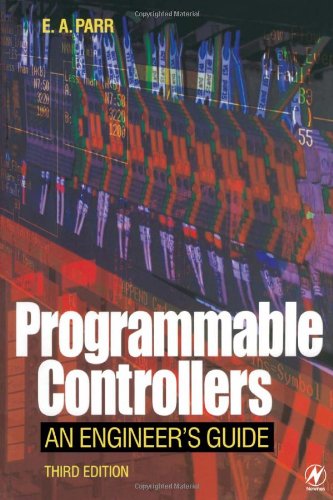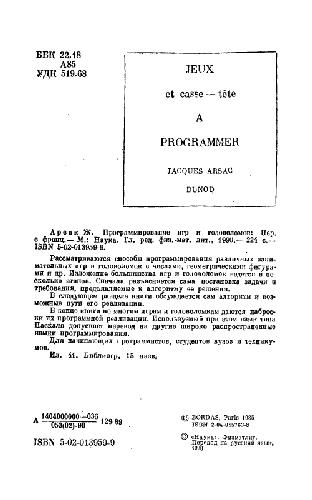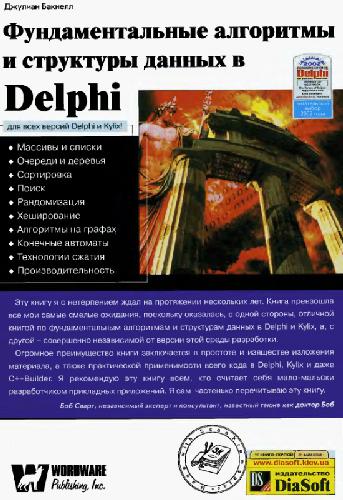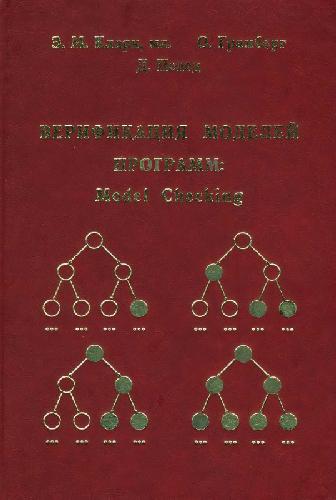E. A. Parr9780750657570, 0-7506-5757-X
Table of contents :
Contents……Page 5
Preface……Page 11
1.2 Types of control strategies……Page 13
1.2.2 Sequencing subsystems……Page 14
1.2.3 Closed loop control subsystems……Page 16
1.2.4 Control devices……Page 17
1.3 Enter the computer……Page 18
1.3.1 Computer architectures……Page 19
1.3.3 High level languages……Page 23
1.3.5 Requirements for industrial control……Page 26
1.3.6 The programmable controller……Page 30
1.4.1 Input cards……Page 33
1.4.2 Output connections……Page 34
1.4.3 Input/output identification……Page 40
1.5 Remote I/O……Page 41
1.6 The advantages of PLC control……Page 43
2.1 Introduction……Page 45
2.2 The program scan……Page 48
2.3.1 Racks, cards and signals……Page 52
2.3.2 Allen Bradley PLC-5……Page 53
2.3.4 CEGELEC GEM-80……Page 54
2.3.5 ABB Master……Page 57
2.3.6 Mitsubishi F2……Page 59
2.4.1 Introduction……Page 60
2.4.2 Ladder diagrams……Page 61
2.4.3 Logic symbols……Page 64
2.4.4 Statement list……Page 67
2.5 Bit storage……Page 70
2.6 Timers……Page 75
2.7 Counters……Page 79
2.8.1 Numeric representations……Page 84
2.8.2 Data movement……Page 87
2.8.3 Data comparison……Page 89
2.8.4 Arithmetical operations……Page 90
2.9.1 Combinational logic……Page 93
2.9.2 Event-driven logic……Page 98
2.10 Micro PLCs……Page 107
2.11 IEC 1131-3, towards a common standard……Page 111
2.12 Programming software……Page 117
2.13 Programming software tools……Page 121
3.1 Introduction……Page 127
3.2 Software engineering……Page 128
3.3 Top-down design……Page 130
3.4 Program structure in various PLCs……Page 131
3.5 Housekeeping and good software practice……Page 140
3.6 Speeding up the PLC scan time……Page 147
4.2.1 Temperature……Page 152
4.2.2 Pressure……Page 154
4.2.3 Flow……Page 156
4.2.5 Weighing systems……Page 158
4.2.6 Level……Page 159
4.2.7 Position……Page 160
4.3 Signals and standards……Page 161
4.4.1 Resolution……Page 163
4.4.2 Multiplexed inputs……Page 164
4.4.3 Conversion times……Page 165
4.4.4 Channel selection and conversion to engineering units……Page 168
4.4.5 Analog input cards……Page 170
4.5 Analog output signals……Page 172
4.6 Analog-related program functions……Page 175
4.7.1 Introduction to control theory……Page 176
4.7.2 Stability and loop tuning……Page 179
4.7.3 Closed loop control and PLCs……Page 180
4.8 Specialist control processors……Page 184
4.9 Bar codes……Page 185
4.11 Intelligent modules……Page 190
4.12 Installation notes……Page 191
5.1 Parallel and serial communications……Page 194
5.2.2 Synchronization……Page 197
5.2.4 Transmission rates……Page 198
5.2.5 Modulation of digital signals……Page 201
5.2.6 Standards and protocols……Page 203
5.2.7 Error control……Page 208
5.2.8 Point to point communication……Page 214
5.3.2 Transmission lines……Page 217
5.3.3 Network topologies……Page 219
5.3.4 Network sharing……Page 221
5.3.5 A communication hierarchy……Page 222
5.4 The ISO/OSI model……Page 224
5.5.1 Introduction……Page 226
5.5.2 Allen Bradley Data Highway……Page 227
5.5.3 Gem-80 Starnet, ESP and CORONET……Page 229
5.5.5 Ethernet……Page 230
5.5.6 Towards standardization……Page 231
5.5.7 Profibus……Page 235
5.6 Safety and practical considerations……Page 236
5.7 Fibre optics……Page 239
6 The man–machine interface……Page 0
6.1 Introduction……Page 244
6.2 Simple digital control and indicators……Page 246
6.3.1 Numerical outputs……Page 248
6.3.2 Multiplexed outputs……Page 249
6.3.4 Numerical inputs……Page 252
6.4 Alarm annunciation……Page 254
6.5 Analog indication……Page 259
6.6.1 Introduction……Page 262
6.6.2 The Allen Bradley Panelview……Page 266
6.6.3 Pixel graphics; the CEGELEC Imagem……Page 268
6.6.4 The Siemens Simatic HMI family……Page 277
6.6.5 Practical considerations……Page 279
6.6.6 Data entry……Page 282
6.8 SCADA packages……Page 283
7.1 Introduction……Page 288
7.2.1 Introduction……Page 289
7.2.2 IEEE-488 parallel interface bus……Page 290
7.2.3 Backplane bus systems……Page 293
7.2.4 IBM PC clones……Page 294
7.3 Programming for real time control……Page 297
7.4 Soft PLCs……Page 304
8.2.1 Introduction……Page 305
8.2.2 Risk assessment……Page 306
8.2.3 PLCs, computers and safety……Page 308
8.2.4 Emergency stops……Page 320
8.2.5 Guarding……Page 324
8.2.6 Safety legislation……Page 326
8.2.7 IEC 61508……Page 327
8.3 Design criteria……Page 332
8.4.1 Power supplies……Page 334
8.4.2 Equipment protection……Page 337
8.5.1 Introduction……Page 343
8.5.2 Statistical representation of reliability……Page 344
8.5.3 Maintenance philosophies……Page 347
8.5.4 Designing for faults……Page 349
8.5.5 Documentation……Page 351
8.5.6 Training……Page 356
8.5.7 Fault-finding aids, EDDI and FlMs……Page 360
8.6 Electromagnetic compatibility (EMC) and CE marking……Page 366
Table 8.7……Page 369
8.7 Other programmable devices……Page 371
9.1 Introduction……Page 374
9.2 One Shot……Page 376
9.3 Toggle action……Page 377
9.4 Alarm annunciator……Page 380
9.5 First order filter……Page 382
9.6 Level control……Page 385
9.7 Linearization……Page 392
9.8 Flow totalization……Page 397
9.9 Scaling……Page 403
9.10 Gray code conversion……Page 406
9.11 BCD to Binary conversion……Page 410
9.12 Binary to BCD conversion……Page 412
9.13 A hydraulic system……Page 415
Appendix Number systems……Page 428
Index……Page 433







Reviews
There are no reviews yet.